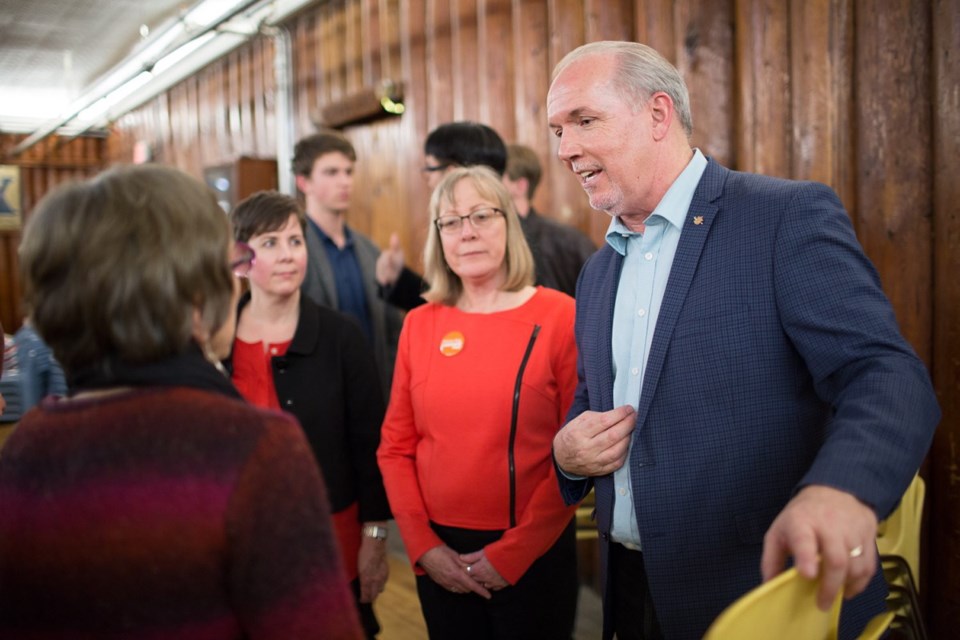Merit might be only one consideration for premier-designate John Horgan, as he decides who will surround him in cabinet.
Over the next 10 days, Horgan will be weighing credentials against criteria such as regional diversity, gender and personality, say political analysts.
“No. 1 is compatibility with the premier. You want to have someone who is good and all kinds of other things, but if they disagree [with the premier], that’s trouble,” said political scientist Norman Ruff.
That’s especially true in an environment where the NDP and Greens, combined, hold a one-seat advantage over the B.C. Liberals.
Horgan has already met candidates for cabinet positions, NDP transition spokeswoman Carole James said. Appointments won’t likely be made public until the swearing-in ceremony on July 18.
In looking at cabinet composition as a whole, Horgan will want to strike a balance in terms of cultural, gender and regional diversity.
“I think, especially for the NDP, they’d want to make it as inclusive and representative as possible,” said Kimberly Speers, assistant teaching professor in public administration at the University of Victoria.
That will be a challenge geographically. Only four NDP MLAs were elected outside of Vancouver Island and the Lower Mainland.
“That almost guarantees a few people some cabinet seats,” said Michael Prince, Lansdowne professor of social policy at UVic’s school of public administration. He named Nelson-Creston MLA Michelle Mungall, who has also served as social-development critic, as an example of someone with a good shot.
Horgan might also want to reward areas where the NDP won new ground, especially in some Lower Mainland districts, with a cabinet seat.
It would be wise to have some culturally diverse cabinet ministers to better represent the diversity of the province, Ruff said.
There’s also an expectation of gender balance, given the party’s own equity policy, plus other precedents, such as Prime Minister Justin Trudeau’s appointment of a gender-balanced cabinet, Prince said.
Horgan might also consider gender when assigning who gets which portfolios. There have been fewer female finance ministers, for example, compared with ministries that cover family and social services, Speers said.
“It’s important to have say, ideally, a 50-50 [gender] split. But then I think it’s also important not to ghettoize women in certain ministerial roles,” she said.
James has said Horgan won’t seek to fill a particular quota when it comes to gender balance, but will consider candidates on an individual basis.
Beyond general composition, individuals will be considered based on experience — both within the party and professionally.
Professional experience that’s relevant to a particular ministry might help determine to which portfolio a cabinet member is assigned — lawyers might be assigned Justice files, while doctors get Health, for example.
Status within the party caucus would also play a role, putting people such as James — a longtime party member and former leader — in position for a high-profile portfolio such as Finance.
Leaders often appoint a “star” candidate, who might not have strong political experience, but has attracted positive attention to the party. That could be good news for Ronna-Rae Leonard, whose slim win in Courtenay-Comox knocked a majority government out of the Liberals’ grasp.
“That’s my ‘fun’ candidate,” Ruff said, as he listed candidates for cabinet. “Of course, you’re talking to a political scientist, here.”



